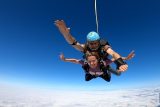How Do Skydivers Know When to Open the Parachute?
Blog
 Posted by: Curtis White
11 months ago
Posted by: Curtis White
11 months ago
Behind the scenes of a skydive, there is a great deal of preparation that happens on the ground before every jump that involves the whole dropzone – from the instructor and the pilots to the ground crew. The dropzone’s safety crew will assess the situational and environmental factors (so, people, weather, wind, and clouds) in order to make a decision about which way skydivers will land (landing pattern) and at what altitude they’ll be exiting the plane. But how do you know what altitude you’re at and when do you open your parachute? We’ve got some valuable skydiver information comin’ at ya!
At What Height Do Skydivers Open Their Parachute?
Skydivers usually deploy their parachutes anywhere between 3,000 and 5,500 feet above ground level (AGL) depending on what kind of skydiver they are and what they’re trying to achieve. Here are the recommended minimum parachute deployment altitudes according to the United States Parachute Association (USPA);
- Tandem Skydivers: 5,000 feet AGL
- All Students & A-License Holders: 3,000 feet AGL
- B-License Holders: 2,500 feet AGL
- C&D-license Holders: 2,500 feet AGL
(waiverable to no lower than 2,000 feet AGL)
When Skydivers Open Their Parachute
Skydiving equipment has come a long way and we are constantly researching ways to improve skydiving technology, making it more safe for those seeking this amazing thrill. One of the ways we have increased safety is the evolution of the skydiving altimeter — an altitude meter! The skydiving altimeter is that cool watch-looking thing that skydivers wear on their wrists. It measures altitude by using changes in barometric pressure.
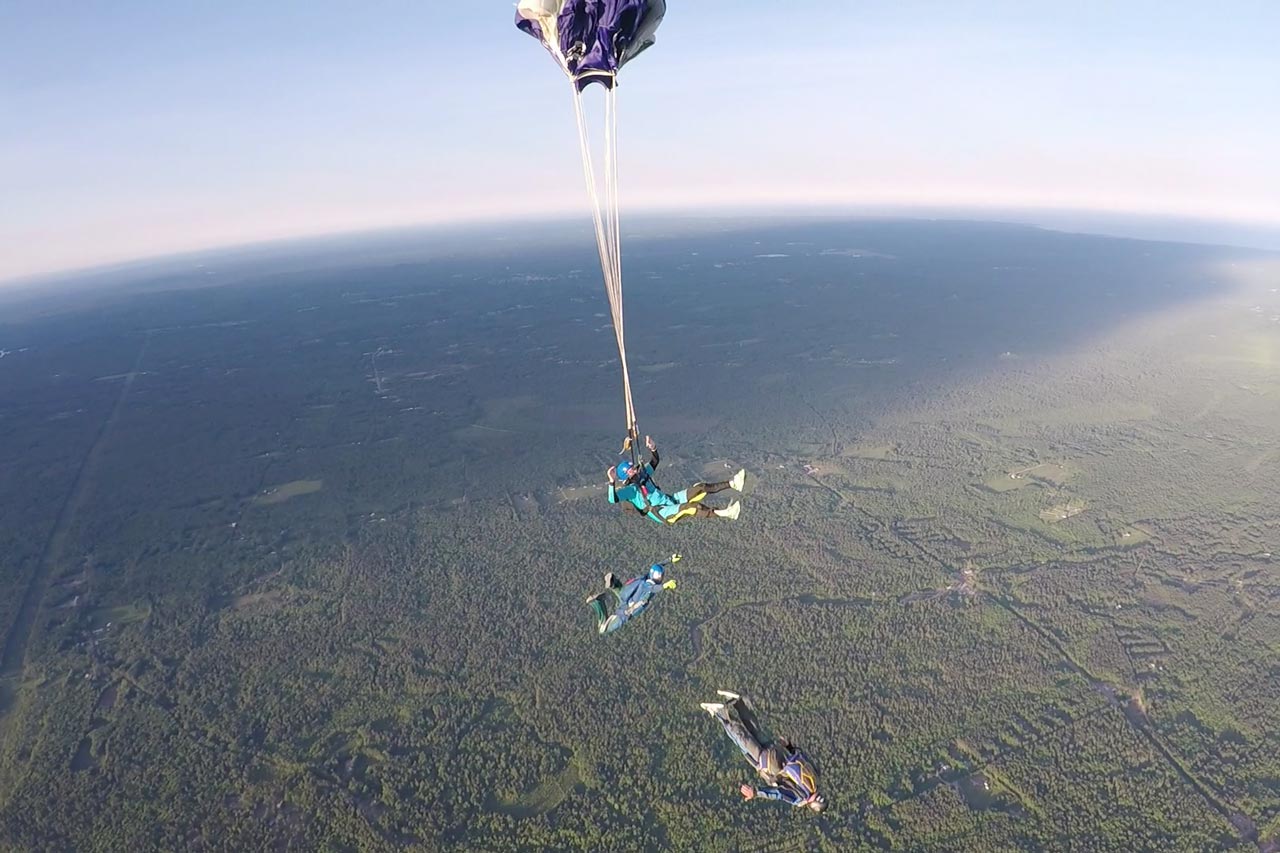
Before altimeters, skydivers used to kind of guess where they were just by looking at their surroundings! Experienced skydivers have so many jumps that they have a pretty good idea of how high they are based on how far the ground looks to them — and even still they wear an altimeter (sometimes two) just to be sure! Always better to be safe than sorry, right!?
Here are the three different types of altimeters:
- Analog Altimeter: The analog altimeter looks similar to a clock face and is marked from 0 to 12,000 ft. The arrow points to the current altitude and is marked with yellow and red sections to indicate the recommended deployment altitudes.
- Digital Altimeter: The digital altimeter is probably the most popular amongst skydivers. It displays the altitude digitally on a screen and is capable of other features such as recording speed while on your skydive.
- Audible Altimeter: In addition to the visual altimeters, skydivers can also use an audible altimeter to help them know when to open the parachute. The audible altimeter, or “Dytter,” is worn in the helmet and will make beeping noises at preset altitudes. This is usually for free flyers who might get a little carried away with all of the fun they’re having in the sky and need a little birdy in their ear telling them it’s time to open the parachute.
How Often Do Parachutes Fail to Open?
In skydiving, the failure of the main parachute to open or operate properly is called a parachute malfunction — and is far less common than you may think. According to the USPA, there are currently over 42,000 USPA member skydivers. Out of those 42,000, in 2021 one out of 721 skydivers reported using the proper emergency procedures due to a main parachute malfunction.
The probability of a parachute malfunction happening on a tandem skydive is even smaller due to the rigorous training that tandem instructors go through to ensure proper body position at parachute deployment and the fact that tandem skydiving parachutes can only be packed by either an FAA-certified parachute rigger or under the supervision/approval of an FAA-certified parachute rigger.
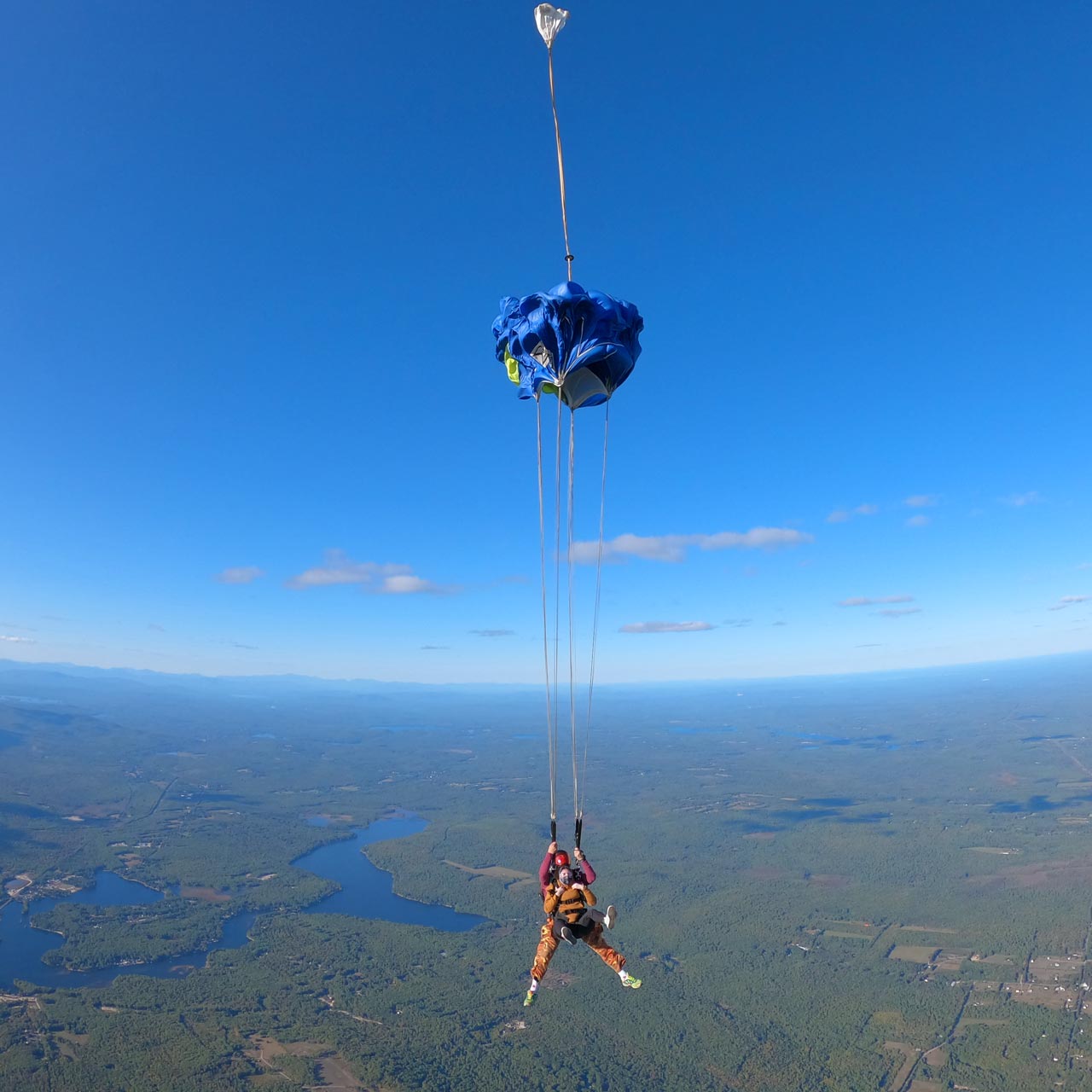
Can You Survive If Your Parachute Doesn’t Open?
Yes! The super cool, intelligently designed skydiving rig is equipped with a two-parachute system — the main parachute and the backup, or “reserve” parachute. The reserve parachute is designed as a backup parachute should the main parachute fail to open for any reason. The reserve parachute is pretty much a guaranteed ride back to the ground due to its carefully crafted design, 180-day routine maintenance, and precision packing by FAA-certified parachute riggers.
What happens if your parachute fails? During the beginning stages of learning to skydive, and throughout their entire skydiving career, skydivers are trained on how to identify if a canopy is safe to land. If the jumper identifies that the parachute is not safe to land, they will perform the proper emergency procedures that they learned while going through the Accelerated Freefall Program. In the rare case of a parachute malfunction, the skydiver will cutaway the faulty parachute and deploy the reserve parachute. The decision to cut away the main parachute should be made no lower than 2,500 ft for students/A licensed skydivers and no lower than 1,800 ft for B-D licensed skydivers.
On the off chance that a parachute malfunction happens while on your tandem skydive, try not to panic and just trust that your trained and highly qualified tandem instructor will handle the situation. Honestly, you might not even notice that it happened!
Why Do Skydivers Pull the Parachute So Early?
Skydivers need enough time to make important life-saving decisions with plenty of altitude to work with in case something should happen with the main parachute. If a skydiver isn’t paying attention and the parachute is pulled too late, it could result in a detrimental skydiving landing accident.
Luckily, there are backup systems in place that help ensure the parachute is deployed at the proper altitude — such as the Automatic Activation Device (AAD). The AAD is a microprocessor computer designed to automatically activate the reserve parachute opening sequence if the skydiver has reached a certain altitude and speed and has not, for whatever reason, deployed the parachute on their own.
Still curious about how skydivers know when to open their parachutes? Hear it straight from the skydiver’s mouth, and see it with your own eyes – come jump into the heart of New England with us at Skydive New England! Blue skies.
Categories:
You May Be Interested In:
Enter to Win a Free Skydive
Join our email list and enter to win a free tandem skydive. Drawings in April and December; winner announced on social media.
You’ll get a $10 coupon toward a tandem just for signing up! Must be 18 and under 240 lbs to jump.
*By submitting this form, you are consenting to receive marketing emails from Skydive New England, 40 Skydive Lane, Lebanon, Maine 04027. You can revoke your consent by using the SafeUnsubscribe link located at the bottom of every email. Emails are serviced by Constant Contact.
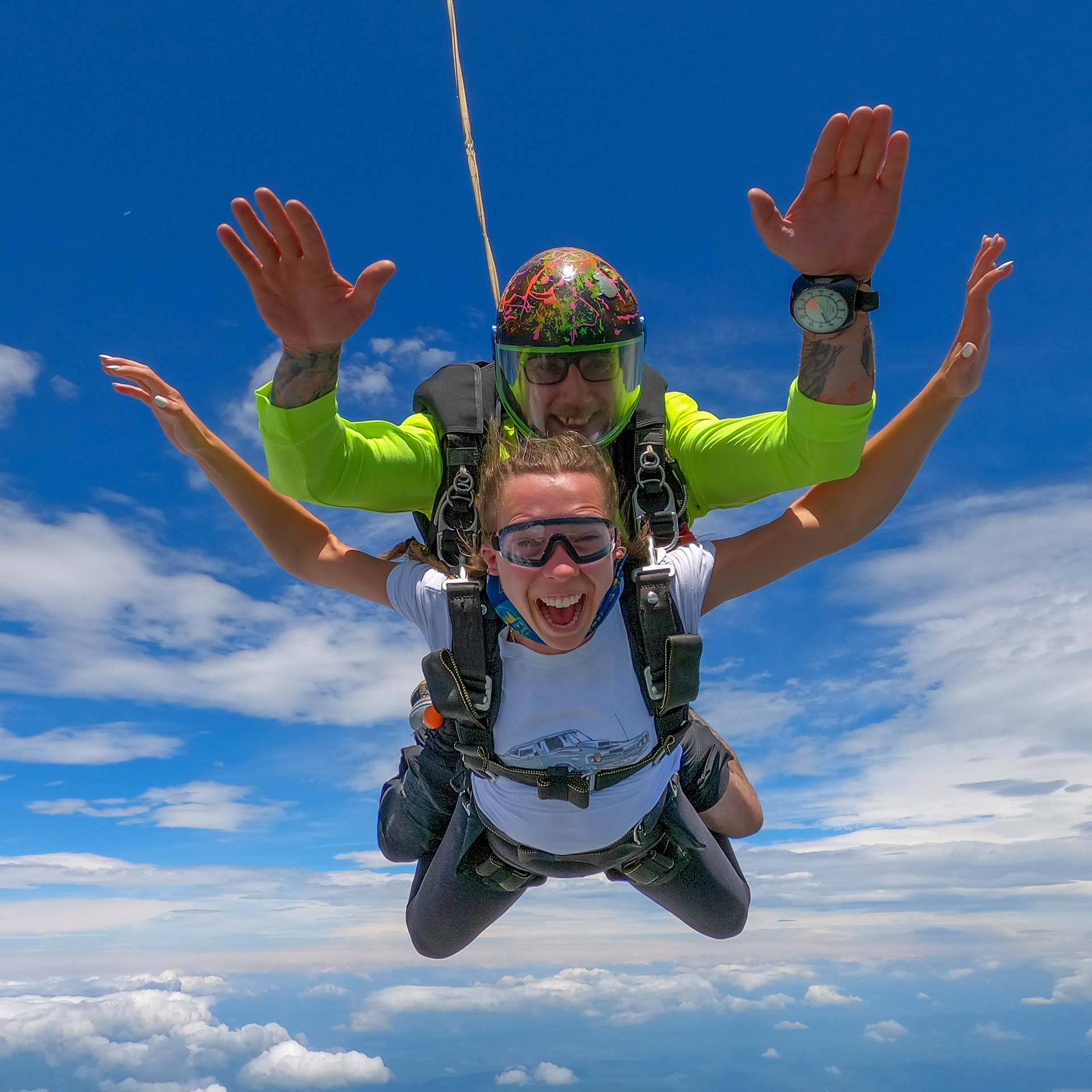
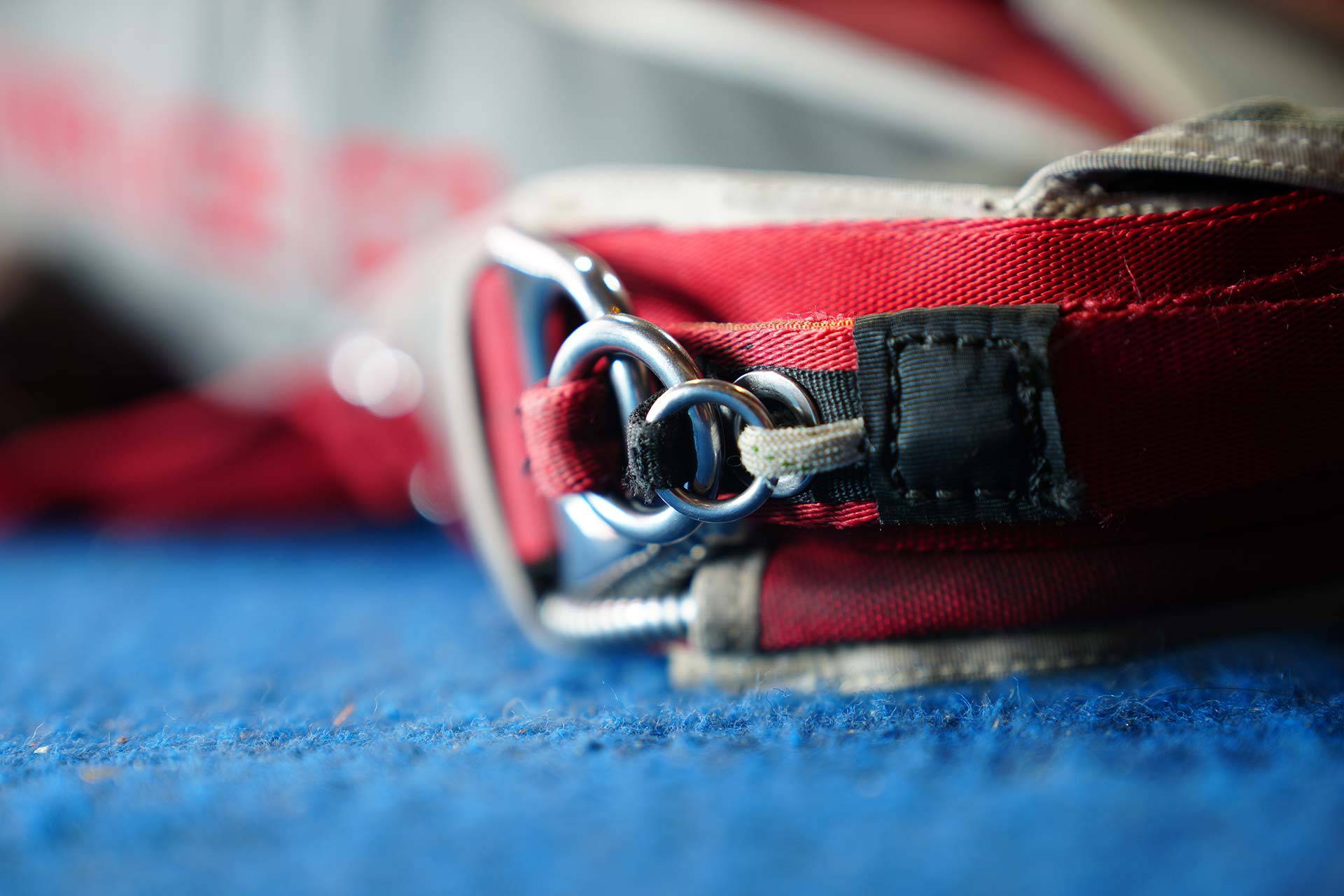
Even More Wicked-Fun Than It Looks!
Come see why the biggest DZ in New England is also the best.



